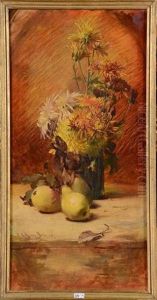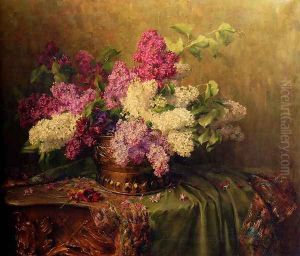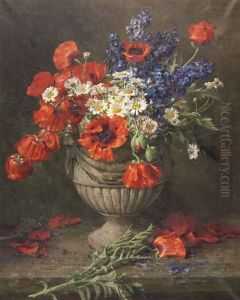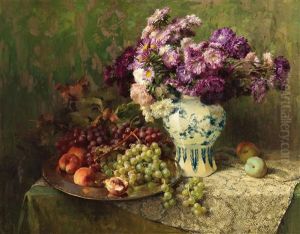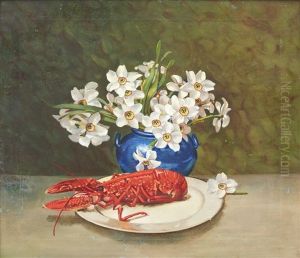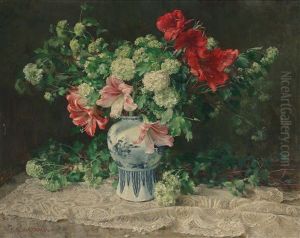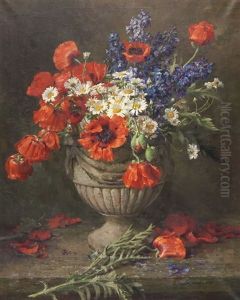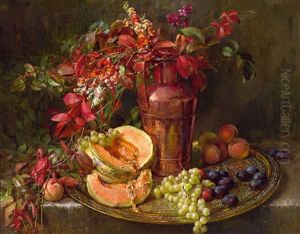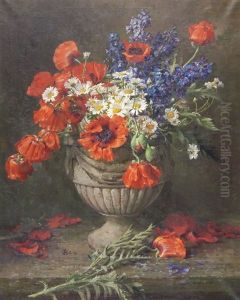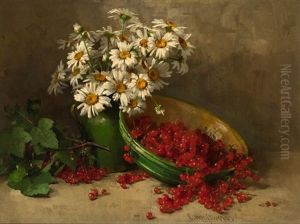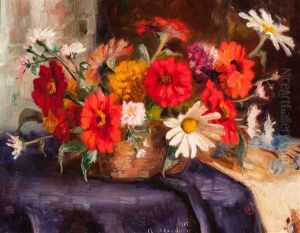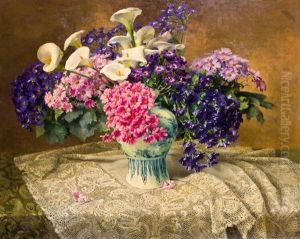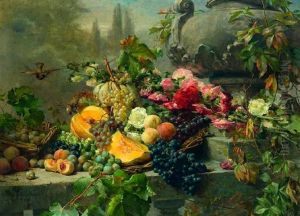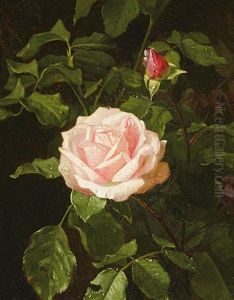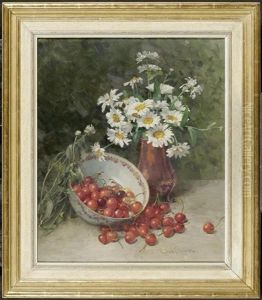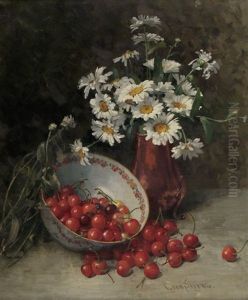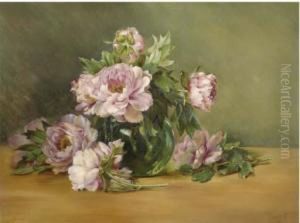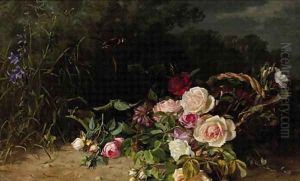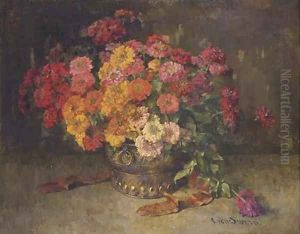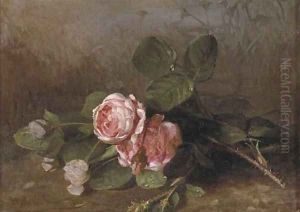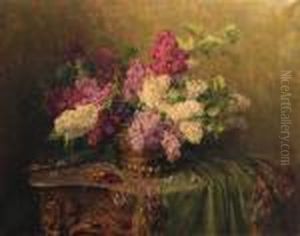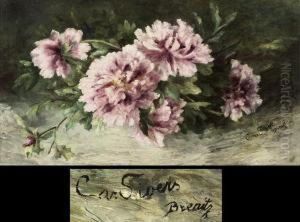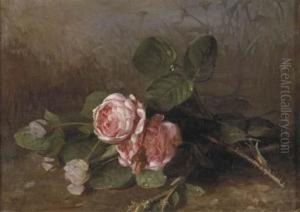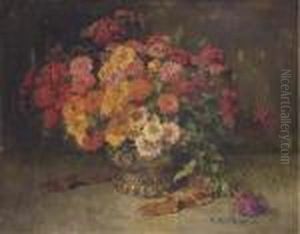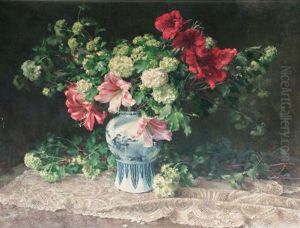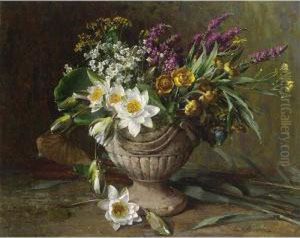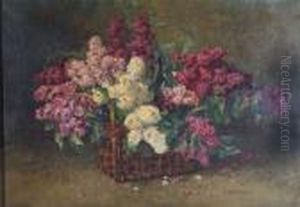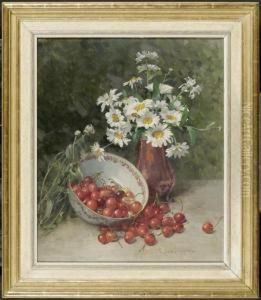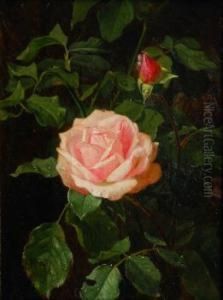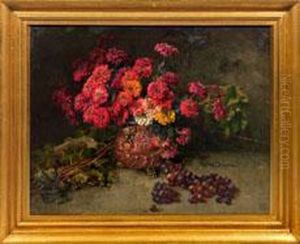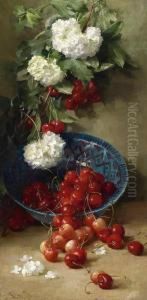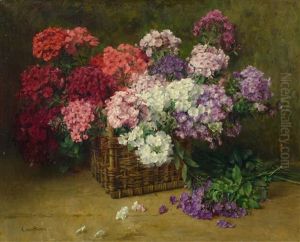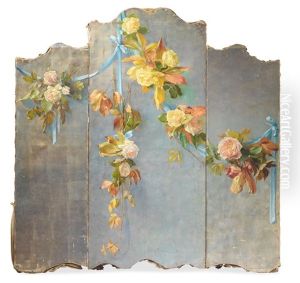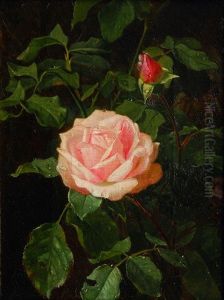Clara Von Sivers Paintings
Clara von Sivers was a notable Baltic-German painter known for her floral still lifes, landscapes, and portraits. Born on October 23, 1860, in Riga, which was then part of the Russian Empire and is now the capital of Latvia, she belonged to a time when the opportunities for women to receive formal training in the arts were becoming more accessible, although still limited compared to their male counterparts.
Von Sivers initially studied art in her hometown of Riga before continuing her education abroad. She took advantage of the more progressive art scenes in Western Europe, training in Paris and Munich—two cities that were central to the art world in the late 19th and early 20th centuries. Munich, in particular, was known for its liberal art academy and attracted many artists from the Russian Empire, including numerous women.
Throughout her career, Clara von Sivers exhibited a strong command of technique and a sensitivity to the interplay of light and color, which can be seen in her delicate floral arrangements and serene landscapes. Her works were often imbued with a sense of tranquility and an appreciation for natural beauty, reflecting the influence of Impressionism, though she maintained a distinctive style that was less about capturing the fleeting effects of light and more about a composed, almost meditative representation of her subjects.
Despite the challenges faced by women in the art world at the time, von Sivers managed to gain recognition for her work. She participated in various exhibitions and was a member of several art societies, which helped her to build a network and sell her artwork. Her paintings were appreciated by a bourgeois clientele who valued the refinement and elegance that von Sivers brought to her canvases.
Clara von Sivers passed away on April 10, 1924, in Riga. Her legacy is that of a skilled painter who contributed to the cultural life of the Baltic region and who, like many women artists of her era, had to navigate a male-dominated art world to find her own space and audience. Today, her works can be found in private collections and museums, and she is remembered as an important figure in the Baltic art history, with her paintings continuing to be appreciated for their beauty and craftsmanship.
